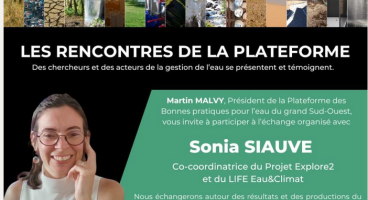ACTION C3 : FACILITATE ACCESS TO HYDRO-CLIMATIC DATA
The objective is to enable local stakeholders to identify relevant and useful data (types and sources) to consider the impacts of climate change in territorial water management and to facilitate access to these data.
The lead partner for this action is Météo-France.
NB : A close link will be established with the Explore 2 project.
C3.1 : "Water" extension of the DRIAS portal
In this project, Météo-France will develop an extension to the DRIAS portal to make available and help with the use of future hydro-climatic data in line with the reference climate scenarios in France. Like the functionalities offered by the DRIAS portal for climate scenarios, the new data access service will include:
- A "support" section, describing the principles of hydrological modelling, the different models used and the sources of uncertainty: the drafting of the different articles will be coordinated with the data producers; guides and tutorials will complete the description of the datasets to facilitate the use of the service
- A "discovery" section with a cartographic presentation of some results
- A "data and products" section allowing free downloading of data and indicators.
The definition of user needs for which the future hydroclimatic data service will be developed, will be based on feedback from the partner territories in this area and on new needs collected in the SAGE territories during the action on stakeholder mobilisation.
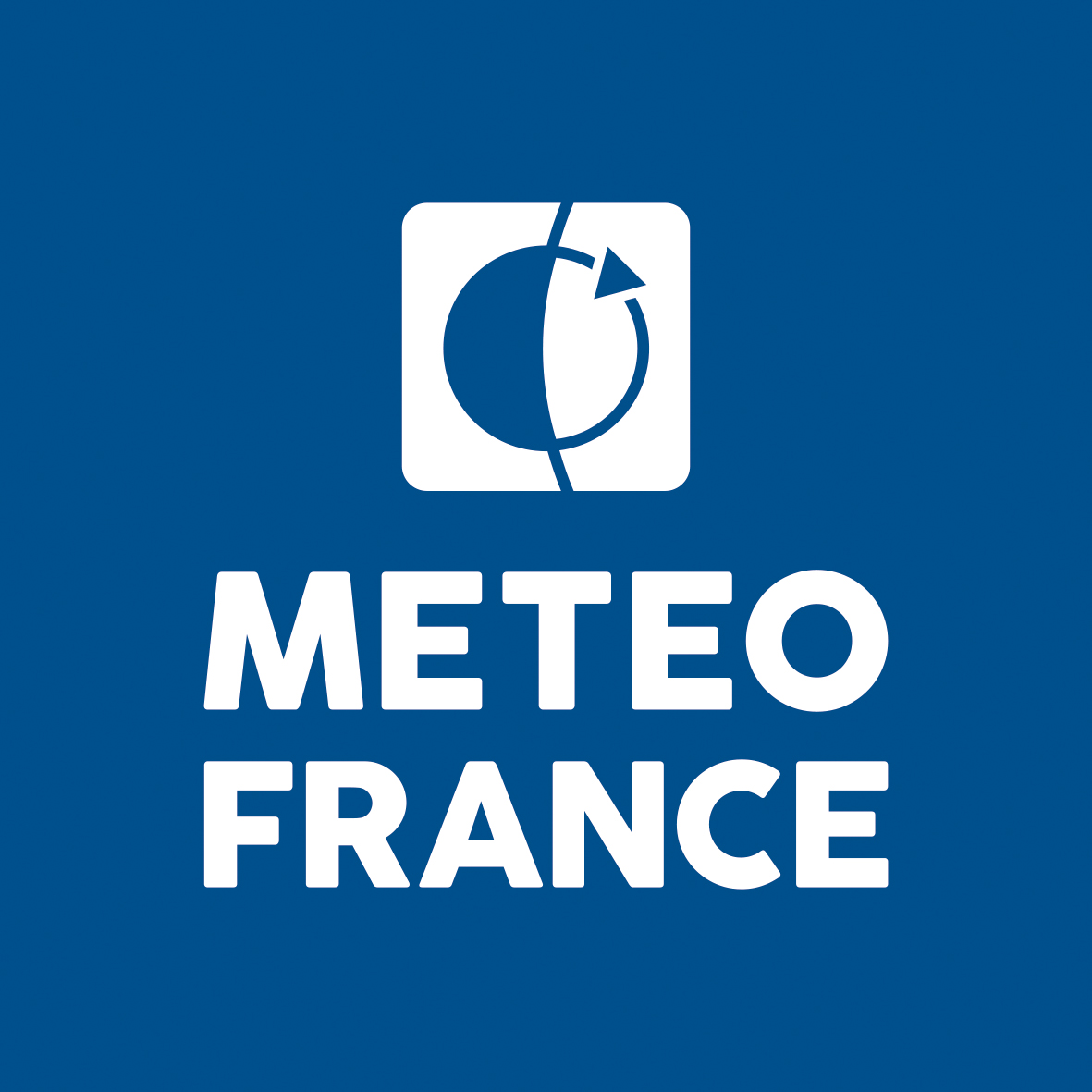
C3.2 - SAGE and Climate Observatories
The partners will make recommendations based on the results obtained by the local demonstrators in the context of local initiatives to create local observatories intended to inform the CLE and the population on the progress of the SAGEs. These recommendations will concern the useful data to be collected or gathered, the indicators to be developed and the articulation between physical sensors, satellite images and citizens' observations. They will be gathered in a report produced by OiEau.
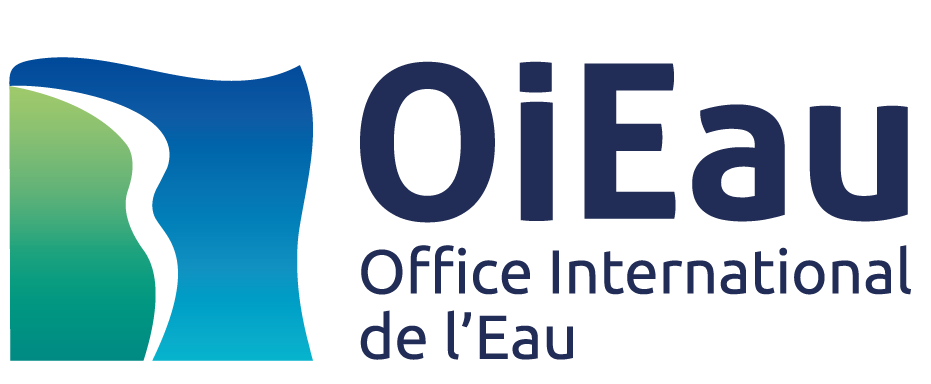
C3.3 - Demonstrate local management of relevant data
Several demonstrators will be deployed to test the recommendations and new approaches on the field with local stakeholders.
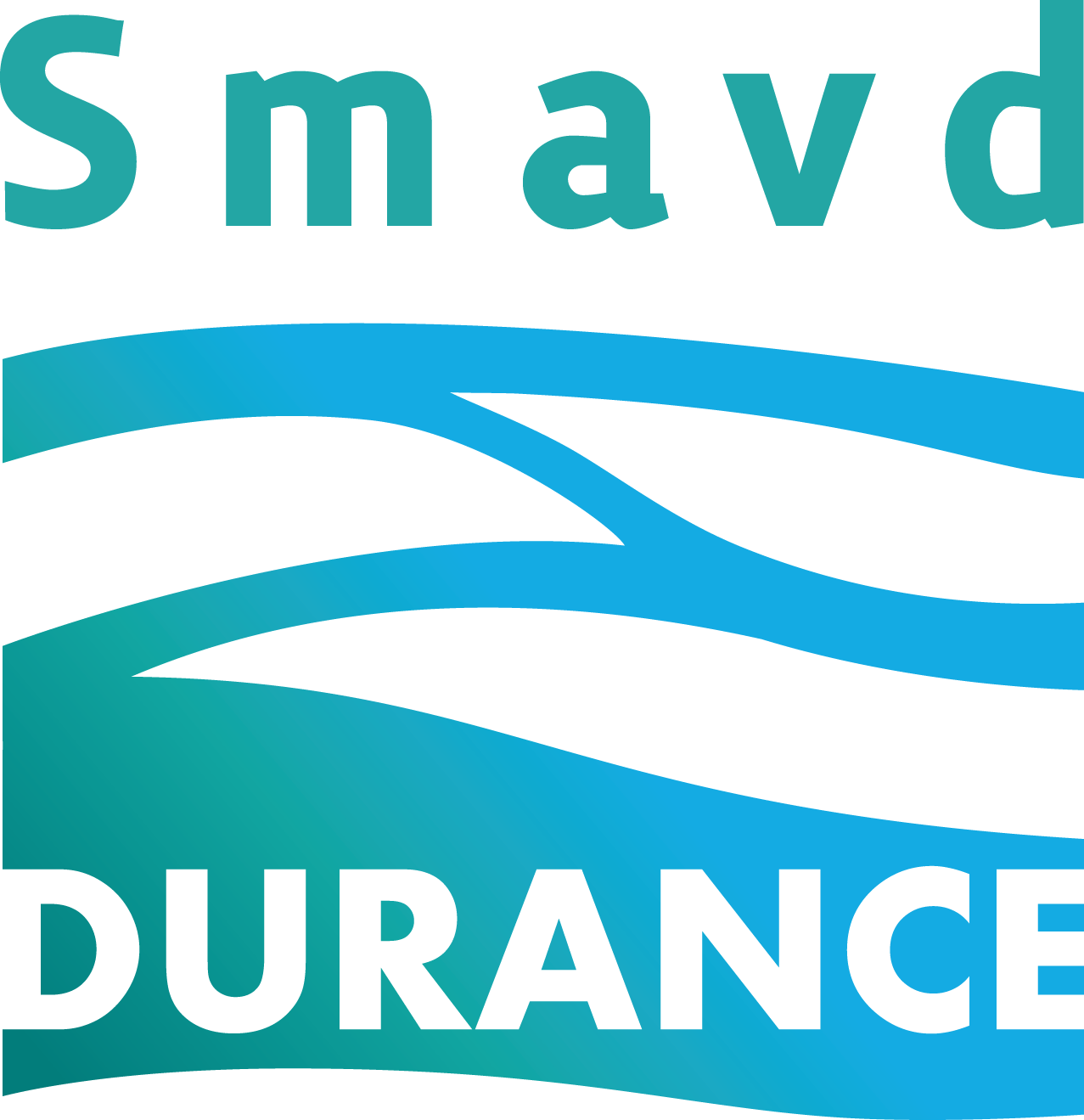
The monitoring of surfaces dedicated to agriculture is an important issue for the Durance river basin, with agricultural use constituting the preponderant use in terms of volumes of water withdrawn.The recent availability of high spatial and temporal resolution satellite images (Sentinel 1 and 2) offers new perspectives for the validation and continuous monitoring of irrigated crops. This would facilitate the understanding of irrigation dynamics and water resource management. The free access to Sentinel images and to the Iota-2 chain makes it possible to consider transferring the methods to end users. To validate the results, field reconnaissance is essential.
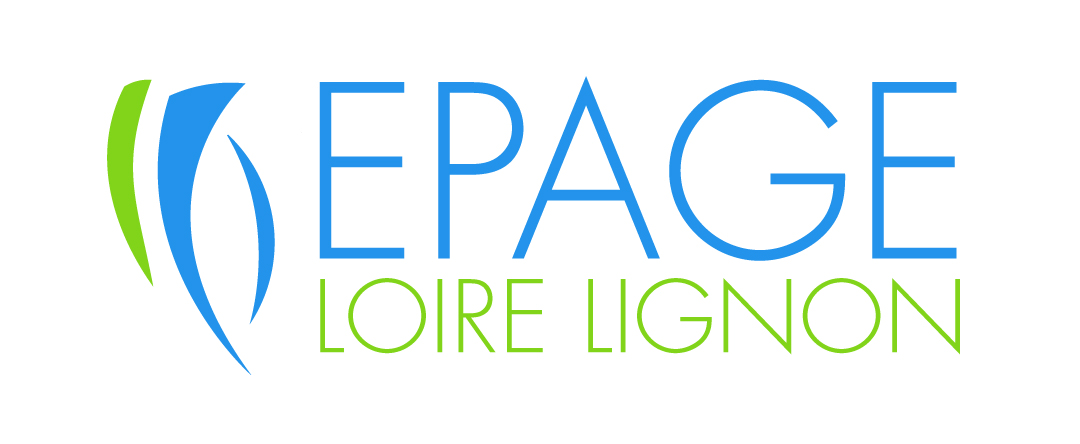
In order to assess the effects of climate change on river flows, water level gauges and low-water markers will be installed on certain tributaries of the Lignon. They will have the dual purpose of measuring water levels (which can be converted into flows) and of warning of the severity of low water. Temperature probes, continuously recording the water temperature, will also be installed on about ten rivers in the basin. This information will be made available to all river users who will be able to interpret it thanks to an explanatory panel. A weekly survey will be made during the low-water period to collect the information and evaluate the evolutionary trends.
As part of the implementation of the SAGE, a water observatory centralising all the data relating to the catchment area has been set up and can be consulted on a website. A section dedicated to data on climate change will be created.

The SAGE dashboard of the Garonne Valley will be completed with shared indicators linked to climate change and made available to the general public in the Garonne Observatory. The measurement network will be reinforced.
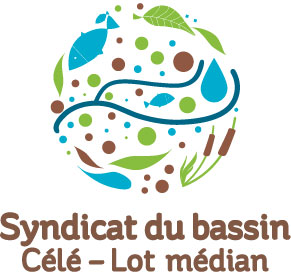
The Syndicat mixte Célé - Lot médian will monitor the water bodies (evaporation, temperature, water quality, etc.) in order to evaluate the impact of 4 water bodies on the ecological status of certain water bodies. Thus, it will be possible to evaluate their impact and the impact of a water body removal. Suggestions will be made for the improvement of their management, with proposals for the removal or diversion of watercourses.
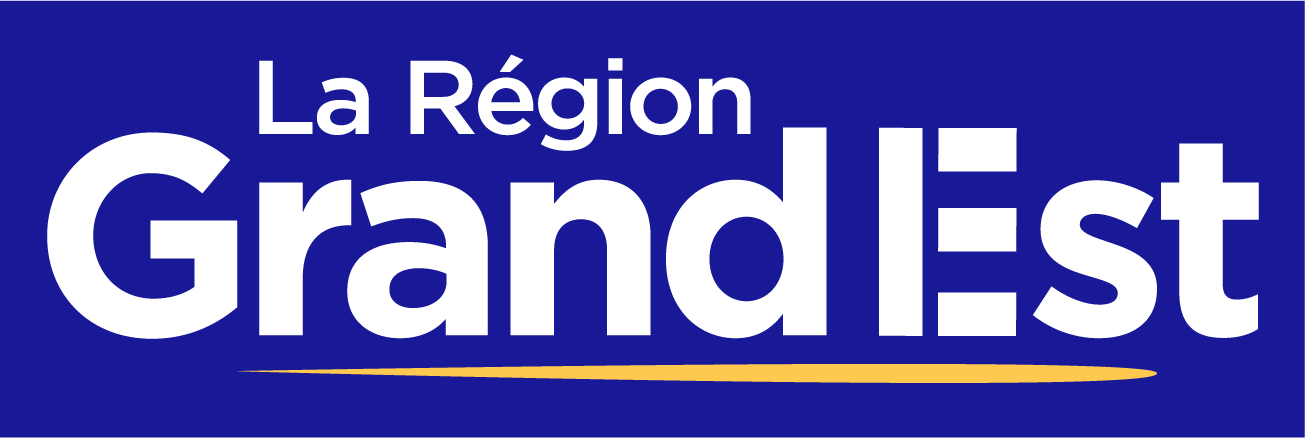
The scientific expertise will make it possible to identify the data that can be monitored within the framework of a citizen's observatory, based on the analysis of the issues linked to the impact of climate change on the water resources of the Ferrifère Basin SAGE perimeter. For each of these data, an operating procedure will be established in order to guarantee the ease and homogeneity of the readings. Stakeholders who could potentially conduct these surveys will also be identified and, if agreed, trained.
A dedicated internet platform will be set up to allow each observer to report their observations and to visualise evolutions. Scientific expertise will also be mobilised to build, from these data, synthetic indicators enabling the members of the CLE to take ownership of the challenges of climate change on its territory and to define an appropriate action programme.

The Etablissement public Loire will be testing the climate data access service in the territories of four "demonstration" SAGEs (Allier Aval, Haut Allier, Yèvre Auron and Cher Amont):
- Mobilisation of data and knowledge made available in different ways, for an operational integration by the SAGEs concerned:
- integration of data within the framework of the HMUC (Hydrology, Environments, Uses, Climate) "quantitative management" study, on the scale of the Allier river basin (SAGE Allier Aval and Haut Allier), both for their technical integration in order to define the modalities of quantitative management but also for the awareness of stakeholders (communication and meetings)
- as part of the implementation of the Territorial Contract for Quantitative and Qualitative Management (CTGQQ) of the Yèvre Auron and Cher upstream SAGEs (inter-SAGE project), integration of these data to increase stakeholder awareness (communication and meetings)
- • Mobilisation of updated climate projection data in order to improve the study of the impact of climate change on the management of the Naussac and Villerest structures (reuse of an existing model developed in 2017-2018).
INRAE will be involved in the selection of hydrological simulations, the definition of relevant indicators and user support.

